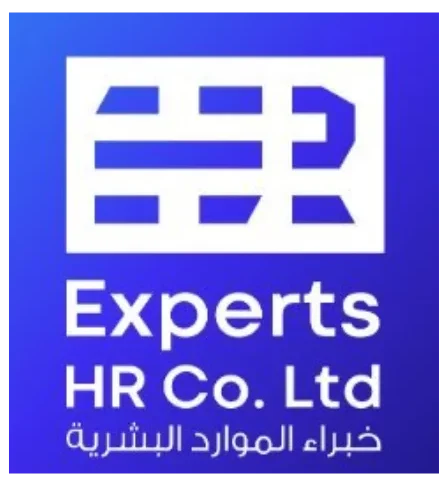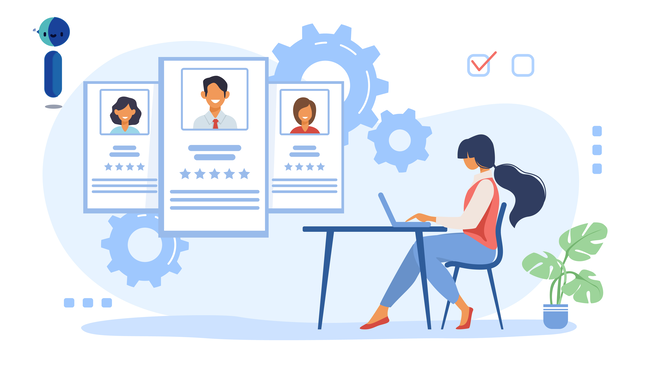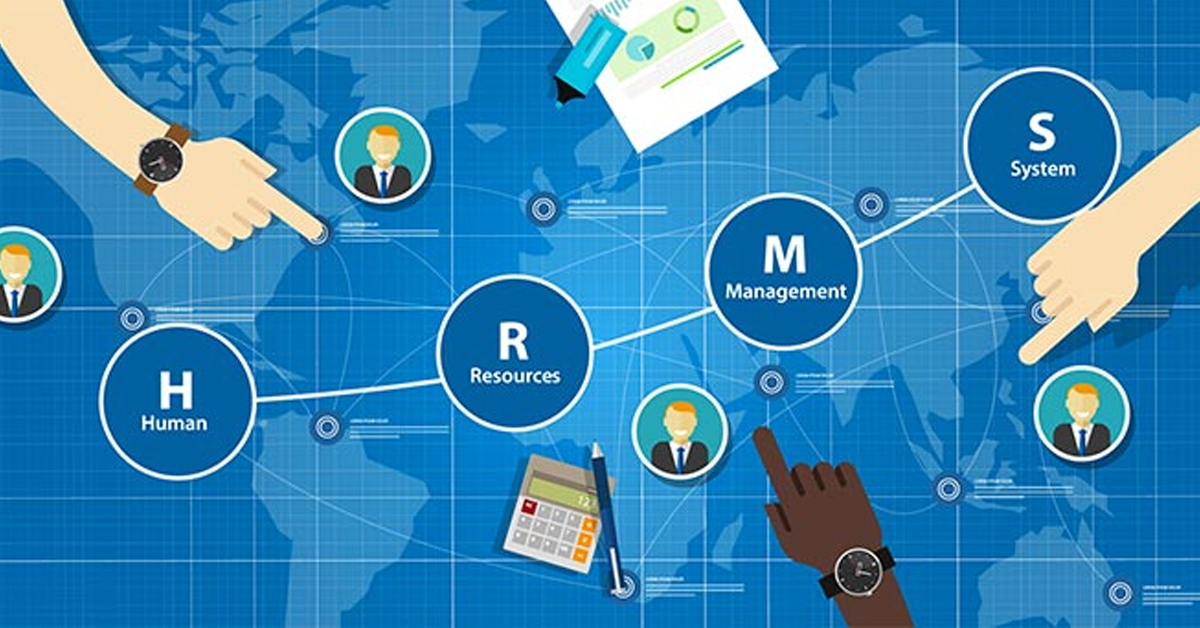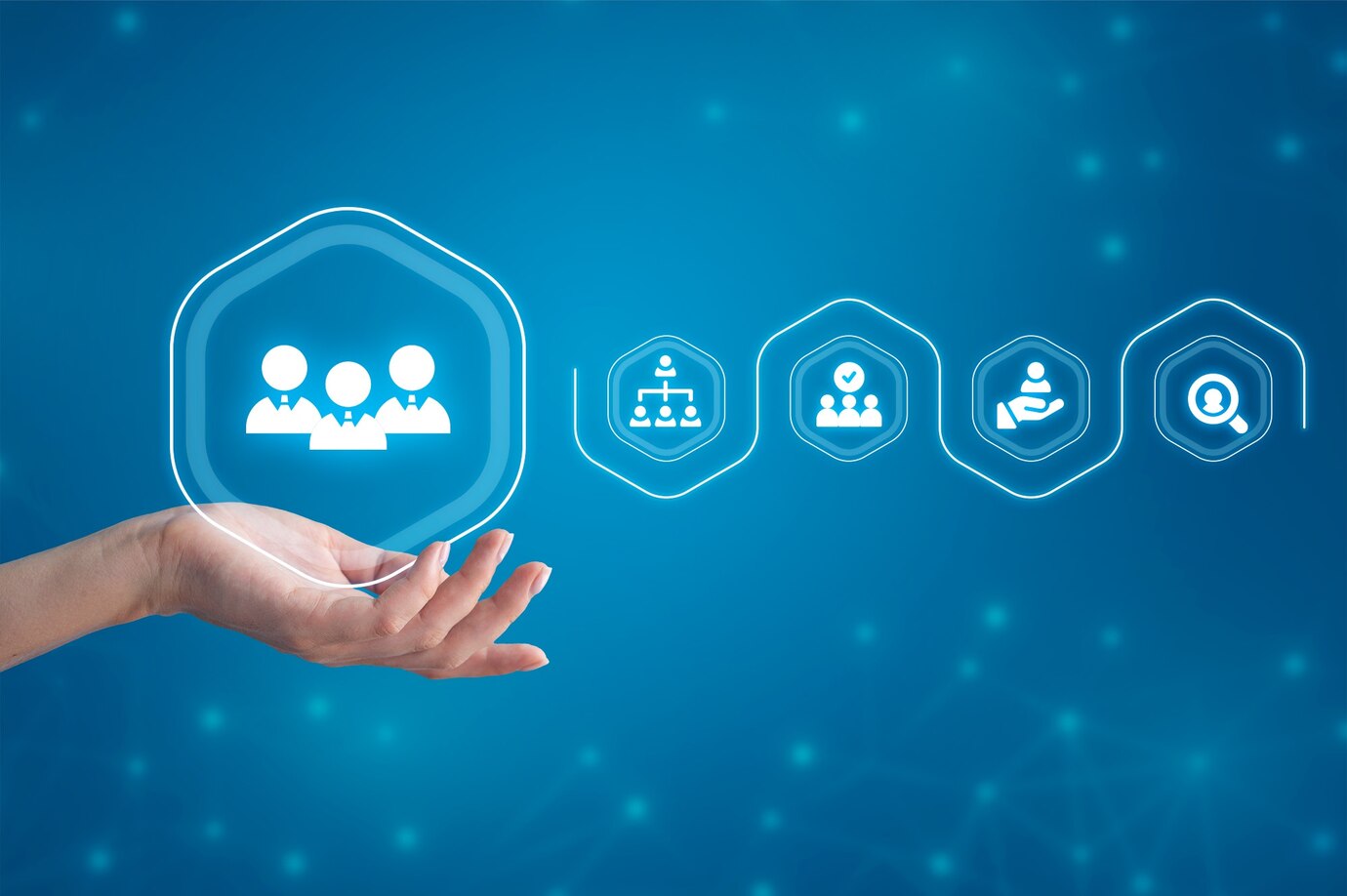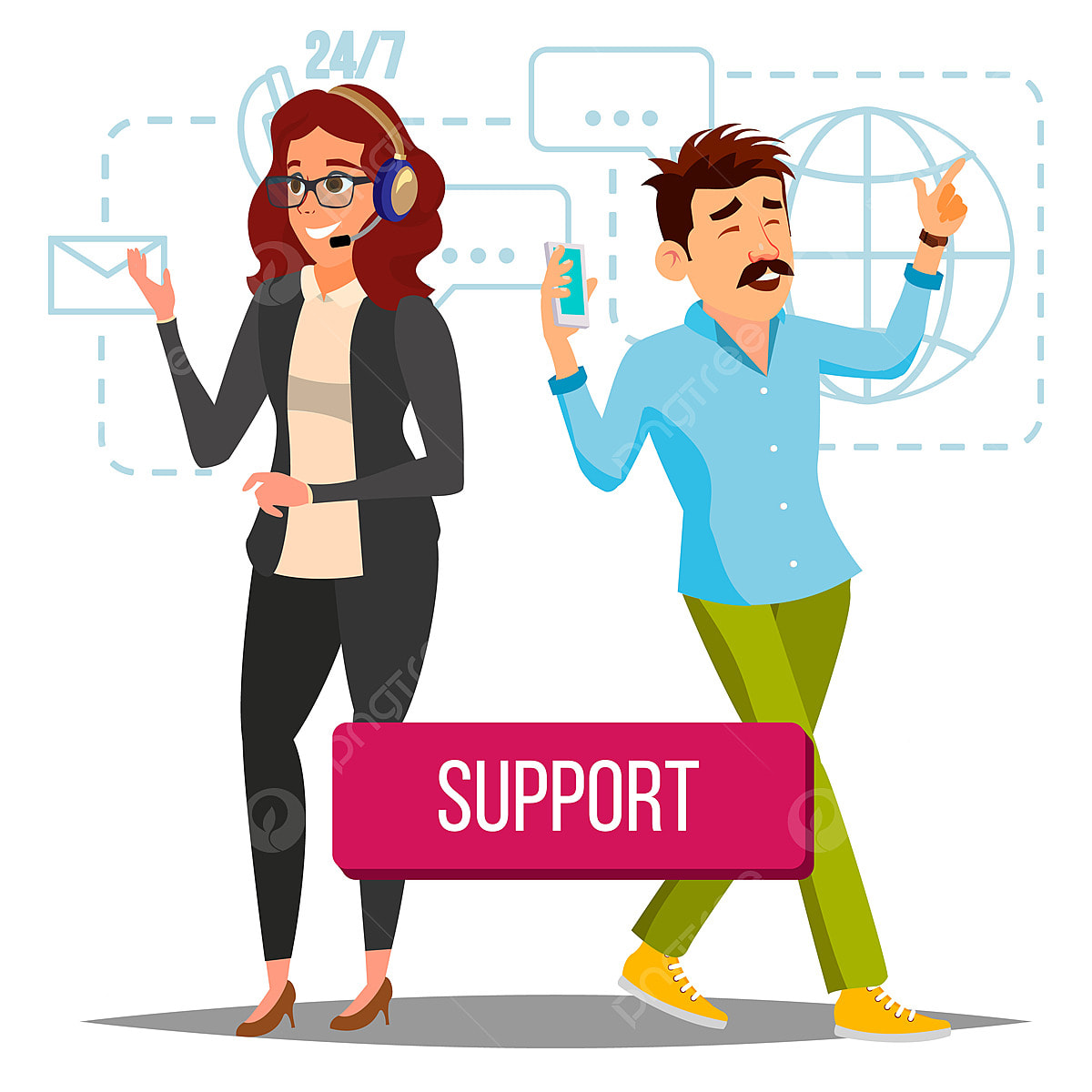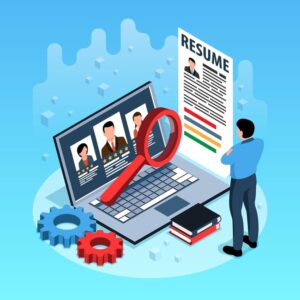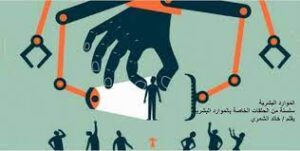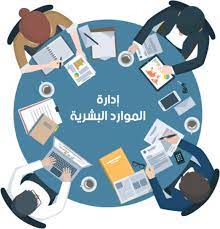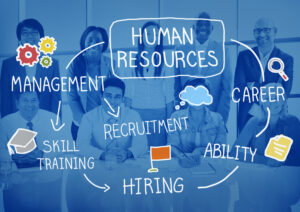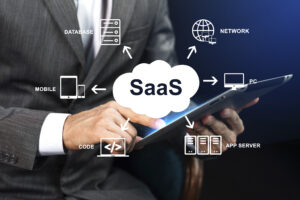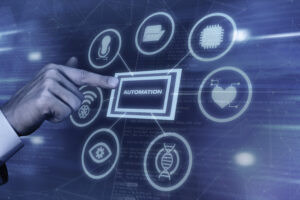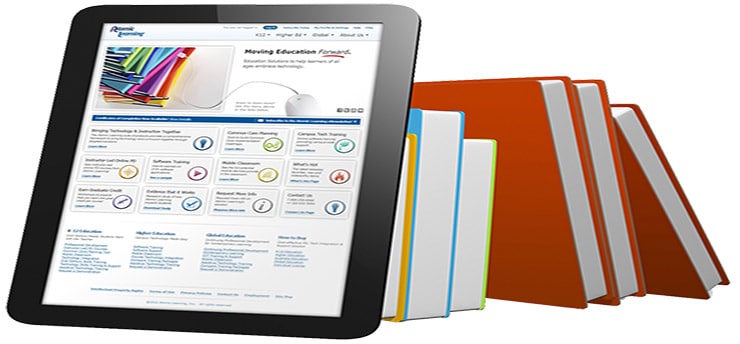Streamlining Employee Onboarding with eHR: A Comprehensive Guide
Introduction
Streamlining employee onboarding with eHR (Electronic Human Resources) is a crucial aspect of modern HR management. In this comprehensive guide, we will explore the best practices and strategies to make the onboarding process efficient and effective, utilizing eHR solutions.
The Importance of Efficient Onboarding
Employee onboarding is not merely about filling out paperwork. It’s the first impression an organization makes on its new hires. An efficient onboarding process enhances job satisfaction, reduces turnover, and increases productivity.
eHR can significantly improve this process by automating many aspects and ensuring a seamless experience for both the new hire and the HR team.
Streamlining Employee Onboarding with eHR
The Role of eHR Systems
eHR systems have revolutionized the onboarding process. They centralize all employee-related data and automate various tasks, such as document submissions and approvals, training modules, and compliance checks.
Benefits of Streamlining Employee Onboarding
Streamlining employee onboarding with eHR offers several benefits:
- Efficiency: Tasks that used to take days or weeks can now be completed in hours.
- Accuracy: Reduced manual data entry minimizes errors.
- Consistency: eHR ensures that all new hires receive the same information and experience.
- Compliance: Automated checks and reminders help maintain legal and regulatory compliance.
- Cost Savings: Less paperwork and reduced administrative burden save both time and money.

Key Features of eHR Systems
To streamline employee onboarding effectively, it’s essential to understand the key features of eHR systems:
- Digital Forms: Replace paper forms with digital versions that can be filled out and signed electronically.
- Training Modules: Create interactive training modules that can be accessed anytime, anywhere.
- Automated Workflows: Set up automated workflows for approvals and notifications.
- Document Management: Store, manage, and retrieve documents with ease.
- Compliance Tracking: Keep track of compliance requirements and deadlines.
Strategies for Successful eHR Onboarding
Customization
Tailor the onboarding process to the specific needs of your organization. This ensures that new employees receive relevant information and training.
Integration
Integrate your eHR system with other HR and management tools for a seamless experience. This includes connecting to payroll systems, performance management, and employee engagement platforms.
Mobile Accessibility
In the age of smartphones, it’s essential to make onboarding materials and processes accessible on mobile devices. This allows employees to engage with the onboarding process from anywhere.
Training and Support
Provide adequate training to both HR staff and new hires on how to use the eHR system effectively. Support should be readily available to resolve any issues or questions.
Feedback Mechanism
Implement a feedback mechanism to continuously improve the onboarding process. Collect input from new hires and HR staff to make necessary adjustments.
Streamlining Employee Onboarding with eHR: FAQs
How can eHR systems improve the onboarding experience?
eHR systems enhance the onboarding experience by automating tasks, ensuring consistency, and reducing errors. This leads to a smoother and more efficient process.
What are the costs associated with implementing eHR for onboarding?
The costs can vary depending on the size of your organization and the features you need. However, the long-term benefits in terms of time and cost savings often outweigh the initial investment.
Is it possible to customize the onboarding process with eHR?
Yes, eHR systems are highly customizable. You can tailor the process to your organization’s unique needs and requirements.
What kind of support should be in place for employees during eHR onboarding?
Support should include training on how to use the system, as well as a helpdesk or support team to assist with any technical issues or questions.
Can eHR systems handle compliance requirements?
Yes, eHR systems can automate compliance checks and reminders, helping your organization stay on top of legal and regulatory requirements.
How do I measure the success of eHR onboarding?
Success can be measured through various metrics, such as reduced onboarding time, improved accuracy, and increased employee satisfaction.
Conclusion
Streamlining employee onboarding with eHR is a game-changer for modern organizations. It not only saves time and money but also enhances the overall employee experience. By following the strategies outlined in this guide, you can ensure a smooth transition for your new hires, setting the stage for their success within your organization.
